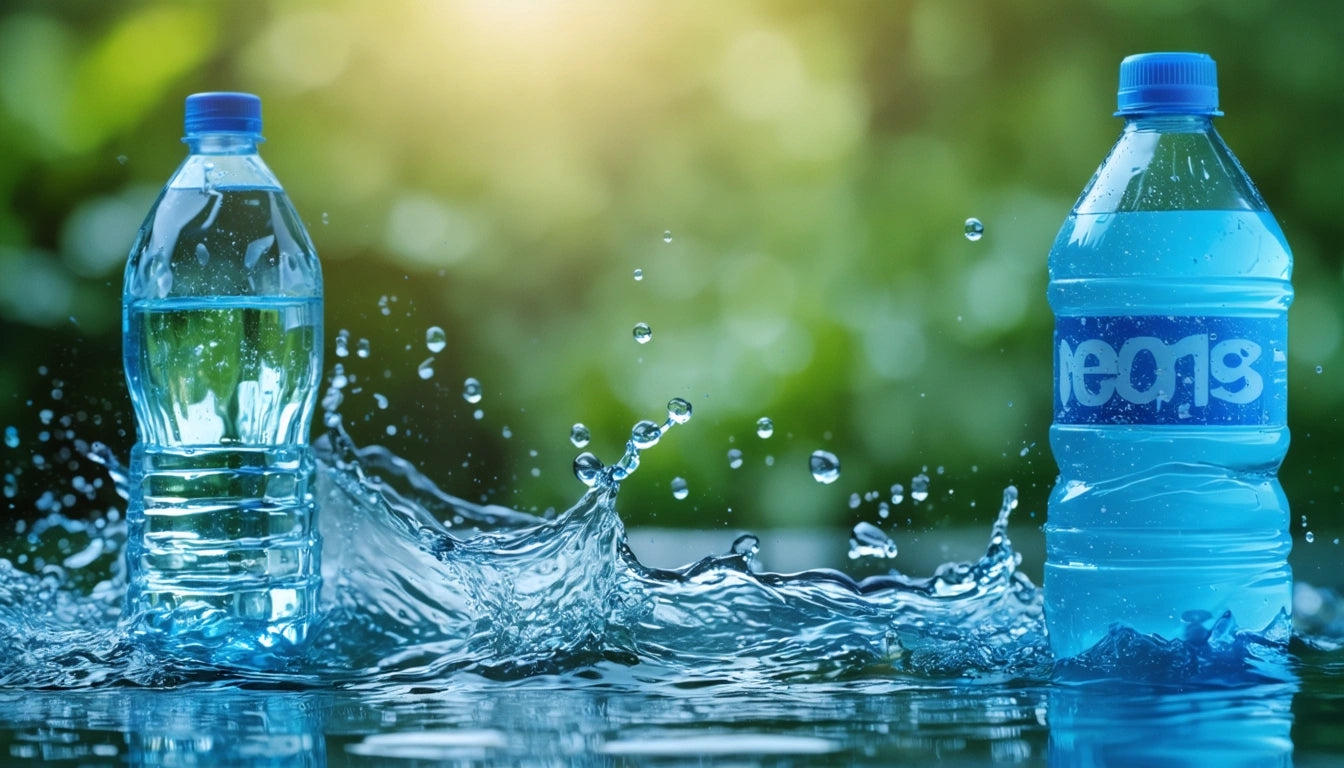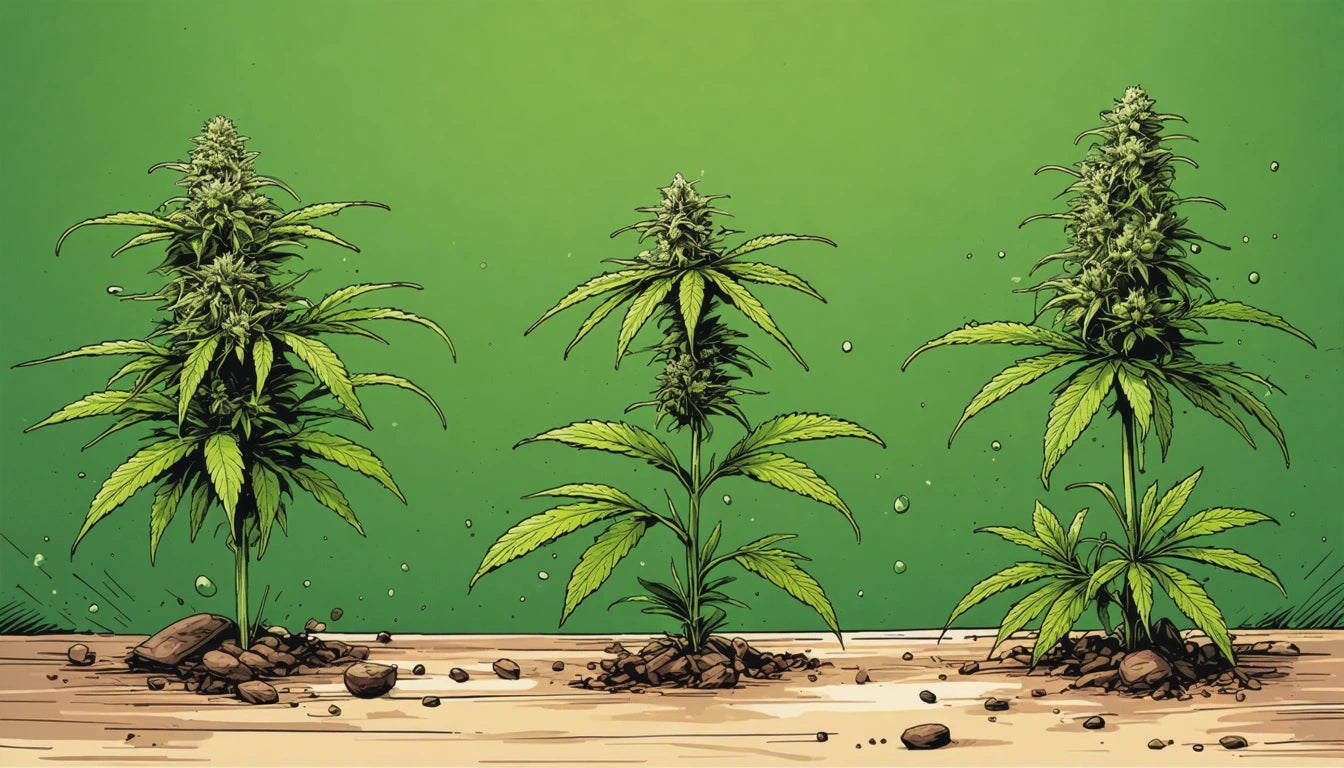How Long Does It Take for Water to Turn Into Urine?
Understanding how long it takes for water to transform into urine is essential for maintaining proper hydration and bladder health. This biological process involves several stages and can vary significantly between individuals based on numerous factors. In this comprehensive guide, we'll explore the journey water takes through your body before becoming urine.
Water to Urine Timeline: Understanding the Journey
When you drink water, it doesn't immediately become urine. Instead, it undergoes a complex process through your digestive and urinary systems. Typically, water takes approximately 30-60 minutes to reach your bladder after consumption, though this timeline can vary.
The journey begins in your digestive tract. Water is quickly absorbed through the walls of your small intestine and enters your bloodstream. From there, it circulates throughout your body before reaching your kidneys, where it's filtered and processed into urine.
The Kidney Filtration Process
Your kidneys play a crucial role in this transformation. They filter your blood, removing waste products and excess water to create urine. This filtration process happens continuously, with your kidneys processing approximately 120-150 quarts of blood daily to produce about 1-2 quarts of urine.
According to research on water consumption and urination, the entire process from drinking water to feeling the urge to urinate typically takes between 30 minutes to 2 hours, depending on various individual factors.
Factors Affecting Urination Speed
Several factors influence how long it takes water to become pee:
- Hydration status: If you're dehydrated, your body will retain more water, slowing the process.
- Age: Younger people generally process water more efficiently than older adults.
- Body size: Larger individuals may take longer to process water due to greater blood volume.
- Health conditions: Certain conditions like diabetes or kidney disease can affect urination timing.
- Medications: Diuretics speed up the process, while some medications may slow it down.
- Caffeine and alcohol: Both act as diuretics, potentially accelerating the process.
Hydration and Bladder Function
Understanding how long it takes water to get to your bladder is important for maintaining proper hydration. The average adult bladder can hold about 16-24 ounces (500-700 ml) of urine, though the urge to urinate typically begins when the bladder contains about 8-12 ounces (200-300 ml).
When planning for situations where bathroom access might be limited, it's helpful to know that water typically takes 30-60 minutes to reach your bladder. For those concerned about hydration and testing, our guide on urine storage duration provides additional insights.
For individuals involved in cannabis consumption who may be concerned about testing, understanding how long cannabis remains detectable in urine can be valuable information to complement knowledge about hydration and urination patterns.
Drinking Water for Specific Purposes
Hydrating to Produce Urine Samples
If you need to provide a urine sample for testing purposes, you might wonder how much water to drink to pee quickly. Generally, consuming 16-20 ounces (about 500-600 ml) of water about 30-40 minutes before your appointment should help ensure you can provide a sample.
For those in the cannabis industry concerned with proper storage and packaging of products, using quality mylar bags for cannabis storage can help maintain product integrity while you focus on personal health matters like proper hydration.
Timing for Fertility Testing
For couples trying to conceive, timing of urine tests for ovulation or pregnancy is crucial. When trying to conceive, how long to wait to pee after collecting first morning urine can affect test results. Generally, fertility experts recommend waiting at least 4 hours without urination before taking an ovulation or pregnancy test for most accurate results.
Optimal Hydration Practices for Healthy Urination
Maintaining proper hydration is essential for overall health and optimal urinary system function. Here are some practical tips:
- Aim to drink 8-10 cups (64-80 ounces) of water daily, adjusting based on activity level and climate
- Space water consumption throughout the day rather than consuming large amounts at once
- Reduce intake 2-3 hours before bedtime to minimize nighttime urination
- Monitor urine color: pale yellow indicates good hydration
- Increase water intake during exercise, illness, or hot weather
Understanding how long it takes from drinking water to peeing helps you plan hydration throughout your day. Most people establish a predictable pattern once they maintain consistent hydration habits.
For those who need to clear substances from their system, increasing water intake can help, though the process takes time. Our resource on clearing marijuana from urine provides more specific guidance on this topic.
By understanding your body's typical timeline for processing water into urine, you can better manage hydration, plan for situations with limited bathroom access, and maintain optimal urinary health throughout your daily activities.











Leave a comment
All comments are moderated before being published.
This site is protected by hCaptcha and the hCaptcha Privacy Policy and Terms of Service apply.